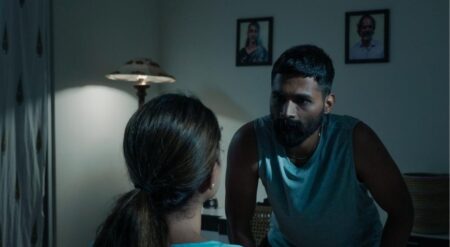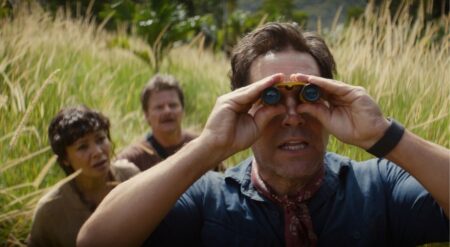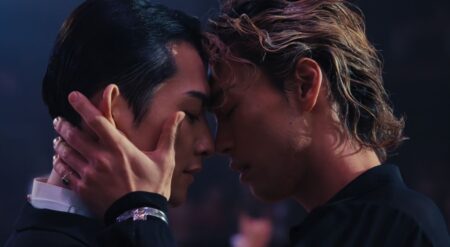The largest problem with Western adaptations of Kaiju film, specifically of the Godzilla franchise, has long been the focus on humanity as separate from the story of the monster. In Godzilla: King of the Monsters, the fate of kaiju and humanity is intertwined. While director and writer Michael Dougherty has a human story, it’s strength is its ability to map out a monster mythology that thrives on the interaction between the two species and ultimately, focuses on the kaiju.
Taking place in the same world as 2014’s Godzilla film, the crypto-zoological agency Monarch has risen to locate, catalog, and handle all the chain reaction of awaking kaiju set off by Godzilla in the first film. As a direct sequel, Godzilla: King of the Monsters smashes down on the first film, installing a pantheon of kaiju, called Titans in the film, right on top of it. While the story is told through the scientists of Monarch, and specifically the Russell family, broken apart by Godzilla’s attack in San Francisco in 2014, all roads lead back to Godzilla and the myths around him.
When the kaiju begin awakening at a faster pace thanks to an eco-terrorist organization, Monarch must face off against a battery of old gods, including the mighty Godzilla, Mothra, Rodan, and the ultimate kaiju, the three-headed King Ghidorah. What ensues is less of a human narrative and more of a growing understanding of the Titans as Michael Dougherty and Zach Shields‘ script unfolds their world, letting myth guide them and their characters in the ultimate battle to bring down Ghidorah.
Kaiju are on reverent display in Michael Dougherty’s take on the Monsterverse.
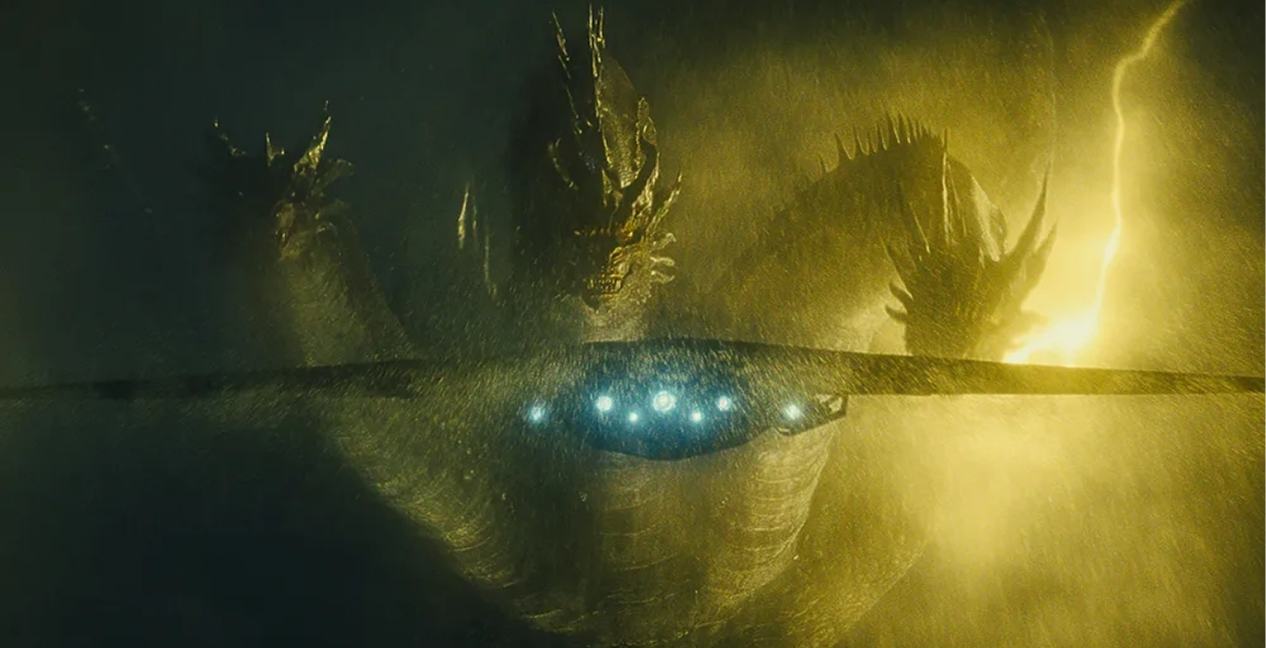
To talk about Godzilla: King of the Monsters is to talk about a film that embraces the tropes and almost 80-year lineage started in 1954 with Japan’s Gojira. Everything from the weapons used by humanity to the creature designs and unique fighting styles of each kaiju is deeply rooted in the kaiju genre, something missed by those who haven’t seen anything beyond Matthew Broderick on the streets of New York City or the film that sold us Bryan Cranston and delivered us much less.
Embracing the use of kaiju as symbols in order to tell high-level themes, Godzilla: King of the Monsters’ human narrative is focused around the belief that humans are the virus killing the Earth, and that the Titans are the balance, a way to stop our own extinction. While the dialogue in the film is either right on the nose or slightly obtuse, the high-level messaging works when seen where it’s meant to be seen, in the background, with the best performances and lines delivered by those who brought the kaiju first. In traditional kaiju genre fashion, the human story is a broader theme, while the main focus is on our monsters.
While the Russels are a family unit that works, with Mark, Emma, and Madison played by Kyle Chandler, Vera Farmiga, and Millie Bobby Brown respectively, they don’t stand out. While some may critique this, I fully believe that in this story, they aren’t meant to. In some ways, their family is there as a B-plot, while Ken Watanabe drives the main story as Dr. Ishiro Serizawa, building out the world of the monsters.
As a returning character from the first film, Serizawa’s reverence towards the Titans is reminiscent of that shown by real-life conservation biologists and other natural scientists towards their work. They begin to see them as more than just animals set apart from the world of humans, and more as beings worthy of consideration on par with humanity. While this is a very specific perspective that I owe to living with a biologist, Watanabe’s character is perfection.
Serizawa is Godzilla’s single best human character in King of the Monsters.
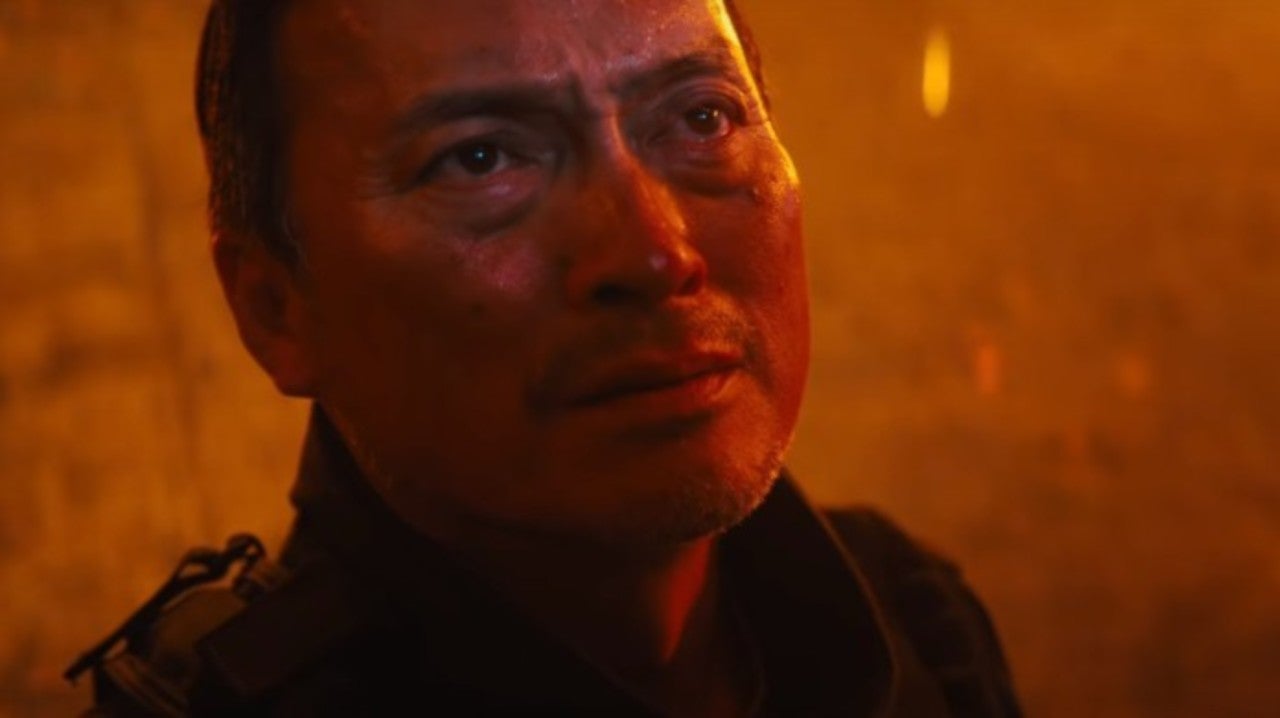
The standout performer in Godzilla: King of the Monsters is undeniably Watanabe, with his character providing a view into Godzilla’s world. While they provide exposition, they do so as storytellers, pulling a new audience into their genre, as this installment in the American Godzilla canon is the most fitting to be labeled a kaiju film.
Through him, we see the world grow, as the myths surrounding Rodan, Ghidorah, and even Godzilla himself open up and reveal more than just radioactive creatures. This is expanded by not only the science but also the research into the histories of cultures and myth facilitated by Dr. Ilen Chen, played by Ziti Zhang. All of this is done in order to understand the Titans as more than monsters.
By learning about how they communicate, how they feel, and why they’re here, Dr. Serizawa has developed a belief in Godzilla, in his benevolence, calling out to the 90s era of Godzilla films that cast the King of Monsters as an anti-hero of sorts. One of the best aspects of Godzilla: King of the Monsters is that we not only learn where the Titans come from, but we, the audience, get to learn how they work, how they set up a hierarchy, and ultimately the brutality with which they fight.
All of this unwinding of myth is nothing without imagery and Godzilla: King of the Monsters may has some of the most visually stunning images I have ever seen on a theater screen. The love and respect put into the creature designs of the kaiju is something I can only liken to the work on creatures by Guillermo del Toro. As Titans, each character used their entire bodies, showing the utility of a stinger, a wingspan, and, of course, three heads.
From barrel rolls to electric storms and atomic breath, the scale at which the Titans fight is epic, yet they never feel cumbersome. This is due to each fight scene being dynamic, showcasing the differences in the kaiju, creating individuals fighting, and ultimately showcasing beautiful and brutal dances between these old gods as the cities and landscape crumble around them.
Godzilla: King of the Monsters is gorgeous from top to bottom.
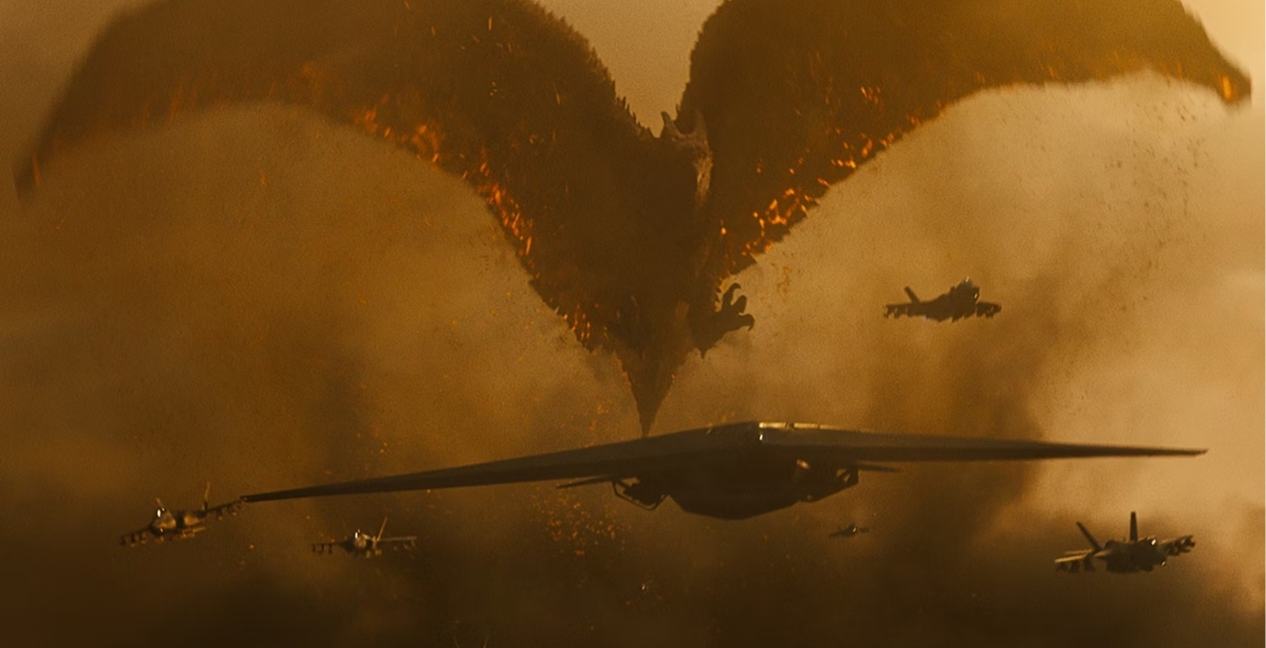
Michael Dougherty also uses color to play with the fights, using beautiful blues to symbolize one side of the battle and a yellow and red palette to showcase the other. Happening in mostly unlit locations at night, there is never a visually dark moment as Dougherty relies and executes color and lighting to perfection, ultimately using strategic lighting to achieve some of the most colossal visuals, and some I never knew would look so regal on screen. This is best showcased through Mothra, a kaiju and a queen, I have never before seen her so elegantly and epically represented.
But don’t let the elegance fool you; Godzilla: King of the Monsters is a smorgasbord of battle sequences, as the kaiju engage in kaiju-on-kaiju battles for dominance throughout the film. Truthfully, it feels like Michael Dougherty took the critique of too many humans, not enough Godzilla in the franchise’s 2014 outing, and chose to tackle it head-on. The result? A visual adventure filled with Titan violence that sings. That being said, the score is one of the weaker points of the film, with some of the mood music falling flat, especially in some of the earlier battle scenes.
Too often, we grade films as if each entry into cinema must be groundbreaking in the same way, must be fit into one dramatic mold. This is often the reason that genre film, while being embraced by the public and fans within it often fall short of large nominations and wins during award season. Now, I’m not calling for this film to receive an Academy Award, instead I am calling for those viewing and reviewing it to look at it for what it is, a kaiju film.
Overall, Godzilla: King of the Monsters is kaiju perfection. While it may not be winning awards against Oscar-bait, it excels within its genre and provides American audiences with a scale and mythology worthy of the 80-year legacy of Godzilla. It is clear from start to finish that the creatives involved with this film were writing a love letter to TOHO, honoring and loving the world of kaiju first, and putting humans second. Which, in truth, is all I have ever wanted from a kaiju film.
Godzilla: King of the Monsters is streaming now on Peacock.
Godzilla: King of the Monsters
-
Rating - 8/108/10
TL;DR
Overall, Godzilla: King of the Monsters is kaiju perfection. While it may not be winning awards against Oscar-bait, it excels within its genre and provides American audiences with a scale and mythology worthy of the 80-year legacy of Godzilla.



